Partners, Group Pairings, and Planning for Cooperative Learning
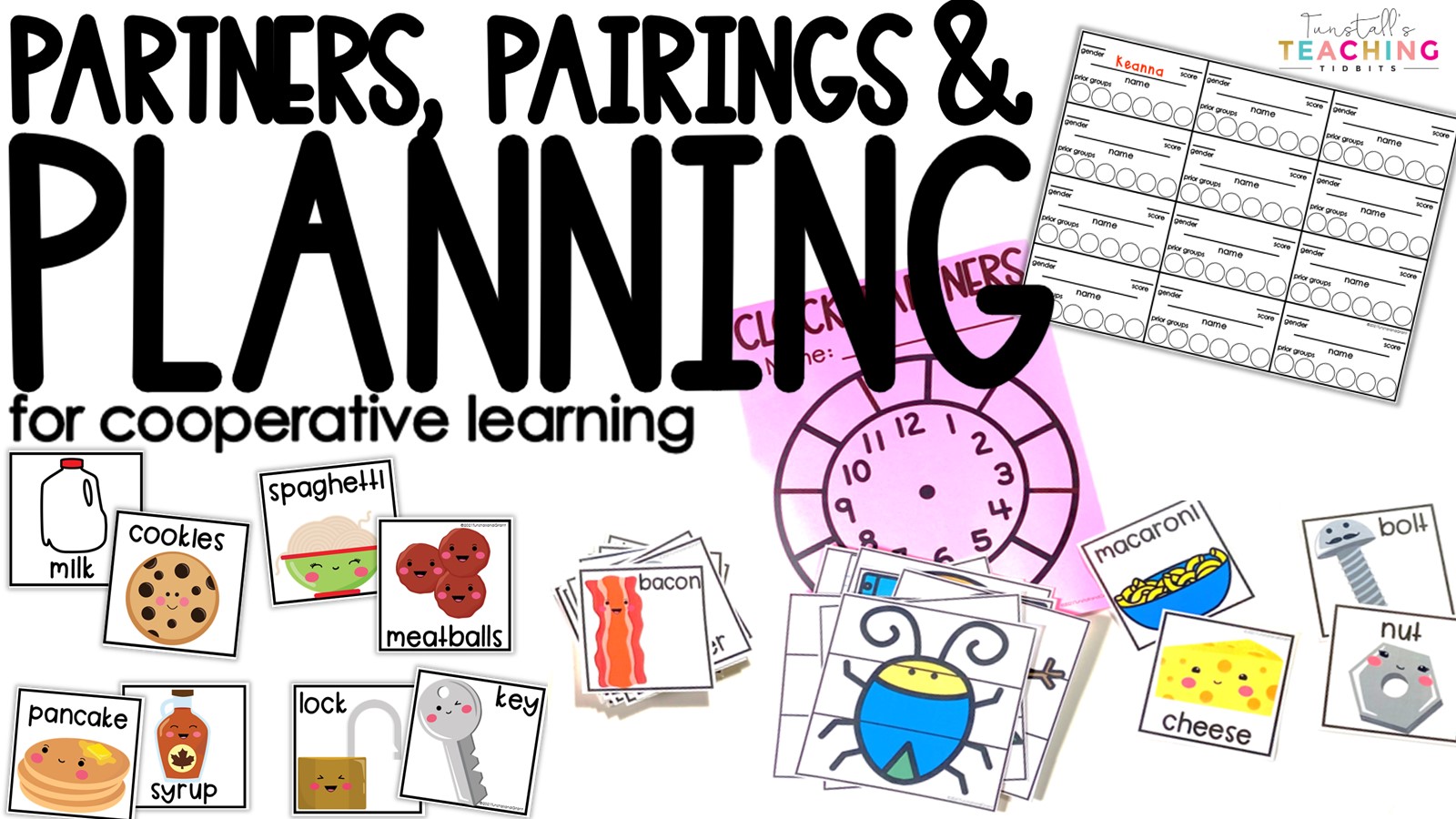
Cooperative learning is an approach which aims to organize classroom activities into academic and social experiences. Putting students into pairs, triads, group pairings, and other forms of grouping allows for students to work cohesively as a team, where everyone benefits. In fact, the benefits of cooperative learning are endless. Here are just a few of the many: higher achievement, increased retention, positive relationships with a wider circle of friends, greater intrinsic motivation, greater social support, more on-task behavior, and better attitudes. We are social creatures by nature, so allowing students to work cooperatively in groups gives them the opportunity to be social in a controlled environment.
TOOLS FOR CREATING COOPERATIVE GROUPS
To begin, when you are wanting to put your students in cooperative learning groups, we want students to work with as many people as possible. That is why we strive to vary how students GET paired up. Instead of your average “Stand up, hand up, and pair up,” in this cooperative learning planning tool, we have several fun ways students can partner up. Whether you want your students in pairs, triads, or groups, we have the solution for you!
THE PERFECT PAIR
Use the partner cards to match up students with their partner that makes a pair. These adorable well-known pairs will surely make your students smile with delight as they find their partner. For example, bacon and eggs find each other to make a perfect partner pair!
TERRIFIC TRIADS
In addition, placing students in groups of threes are much more fun with puzzle cards of items that come in threes (think three pronged folders or snowmen). Pass out each puzzle piece and students must move around the room to find their two other teammates.
CLOCK PARTNERS
Clock partners make it possible for each student to have 12 different partners. Once the Clock Partners page is filled out, the teacher simply has to state, “For this activity you will be working with your two o’clock partner” and students will check their page to remember their 2:00 partner.
 TABLEMATES AND TABLE TEAMS
TABLEMATES AND TABLE TEAMS
To continue, this tool also comes with a planning page to help create optimal table groups while considering options like ability levels, male to female ratios, varied skill strengths, fine motor skills, etc. These cards help the teacher quickly form groups visually by providing a place with all pertinent information. In this resource, grouping pro tips and how to fully maximize the cards’ potential is included.
If you are looking for ways students can reflect on their learning while in groups, check out this post.

 Contact Us
Contact Us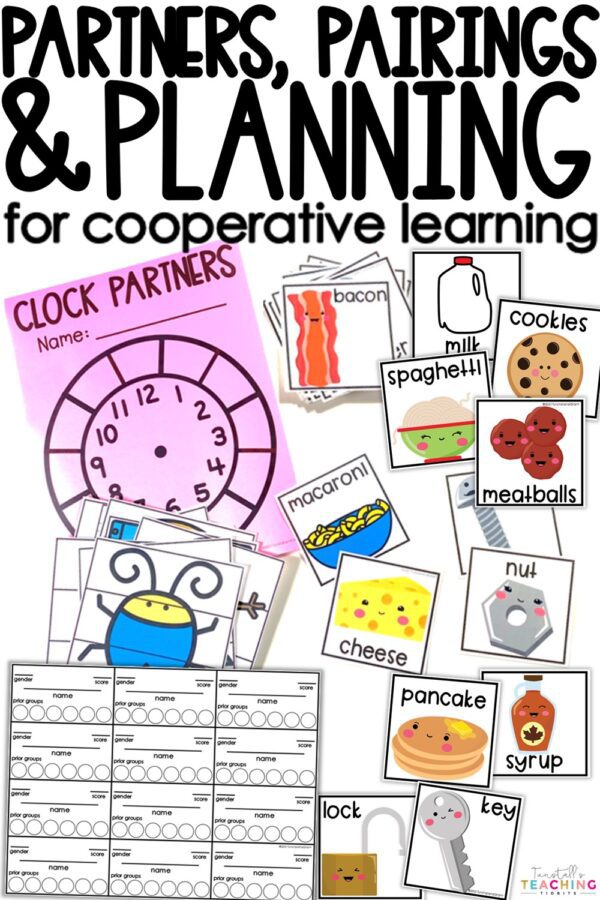
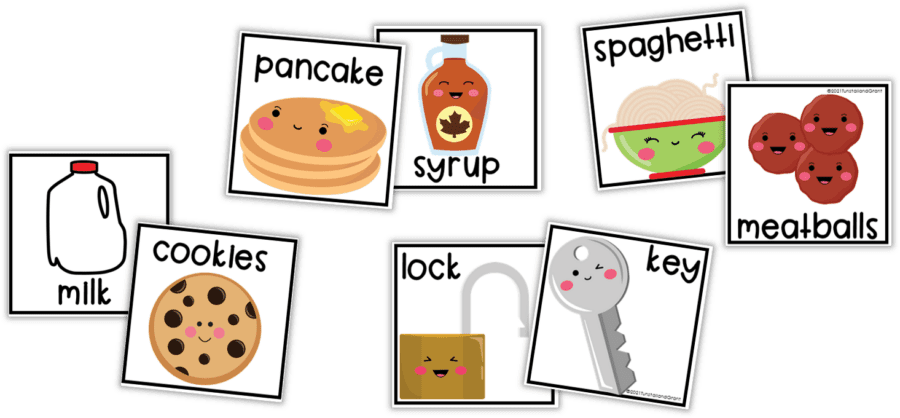



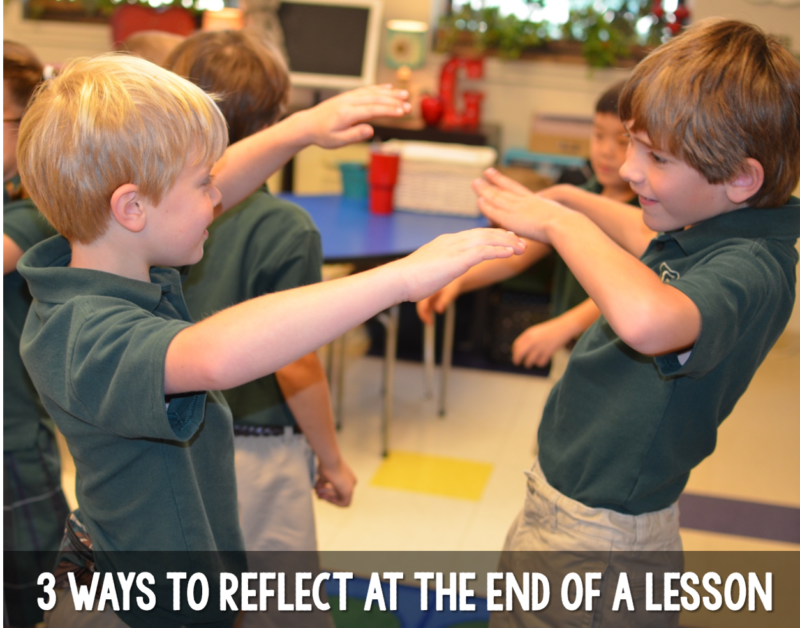
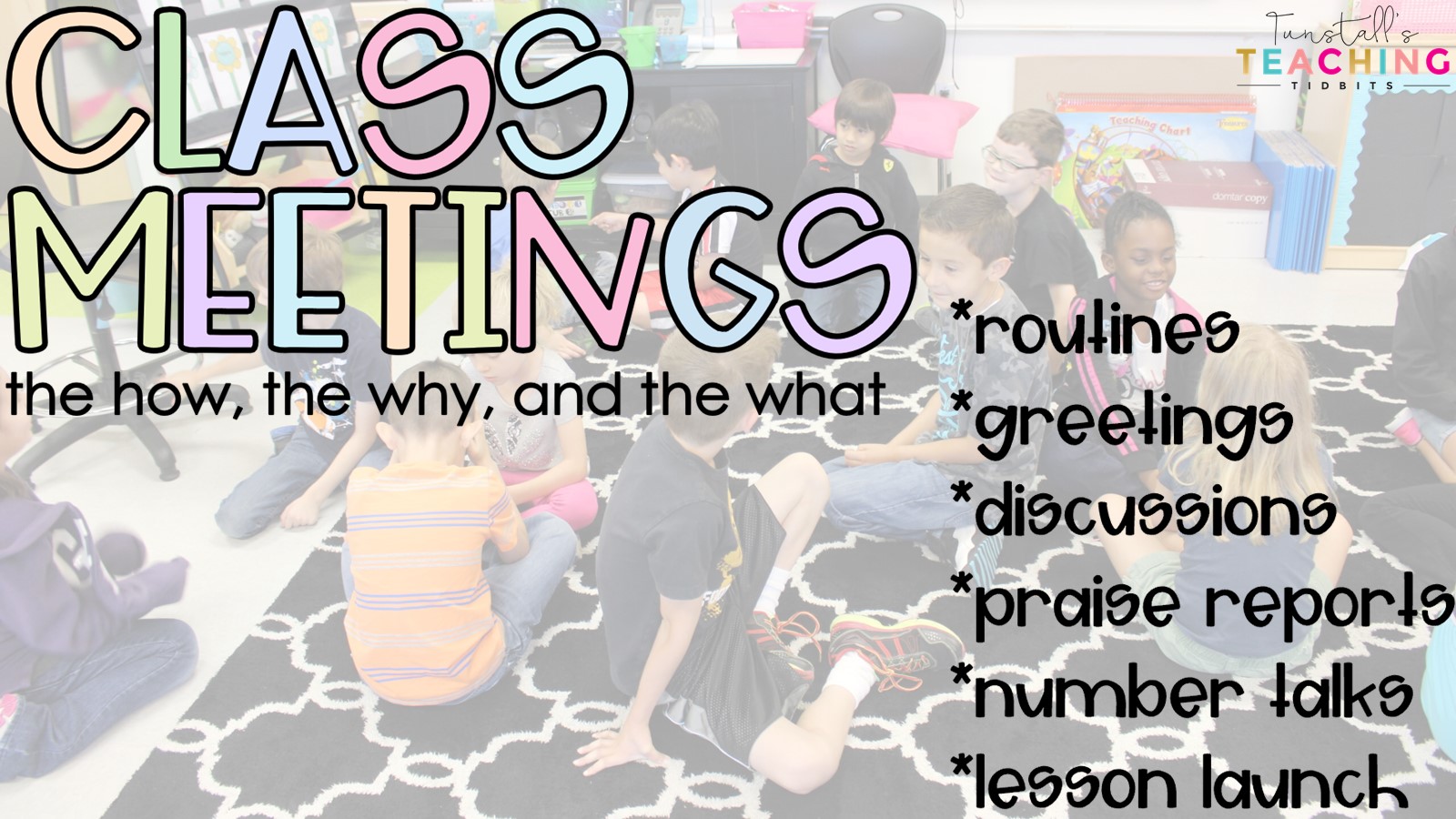
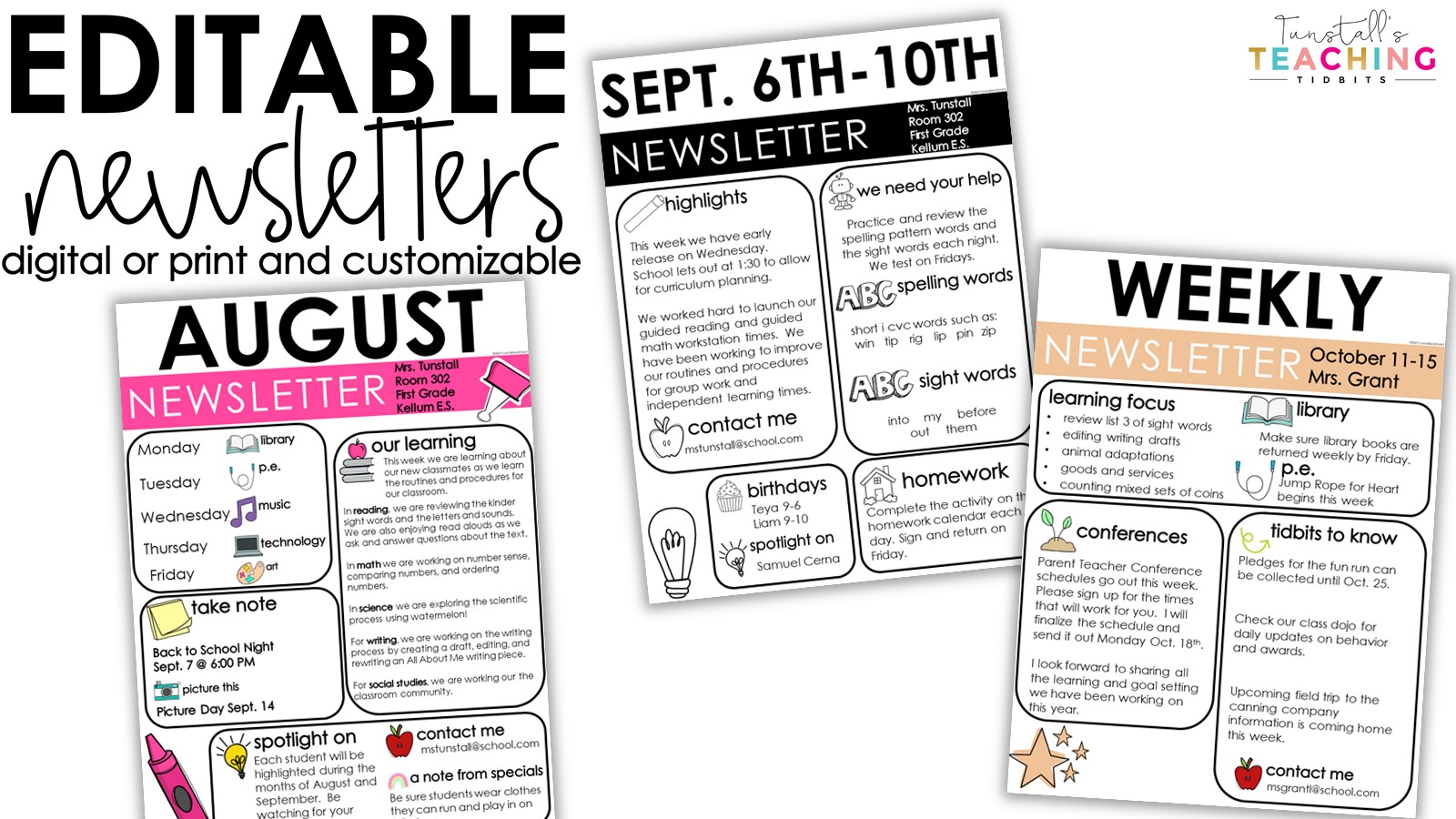
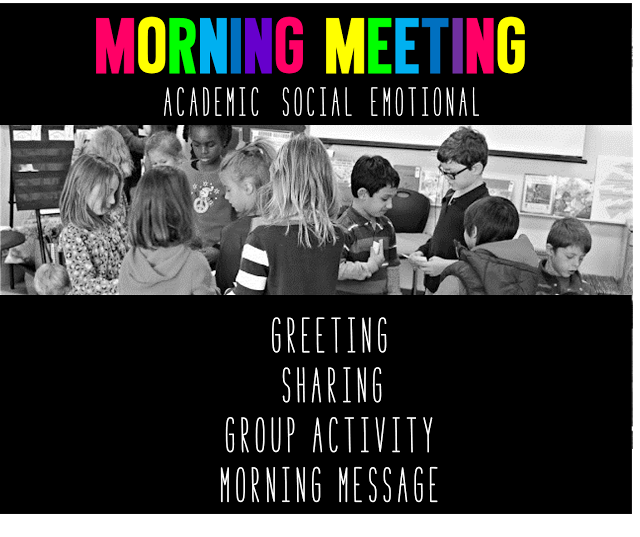
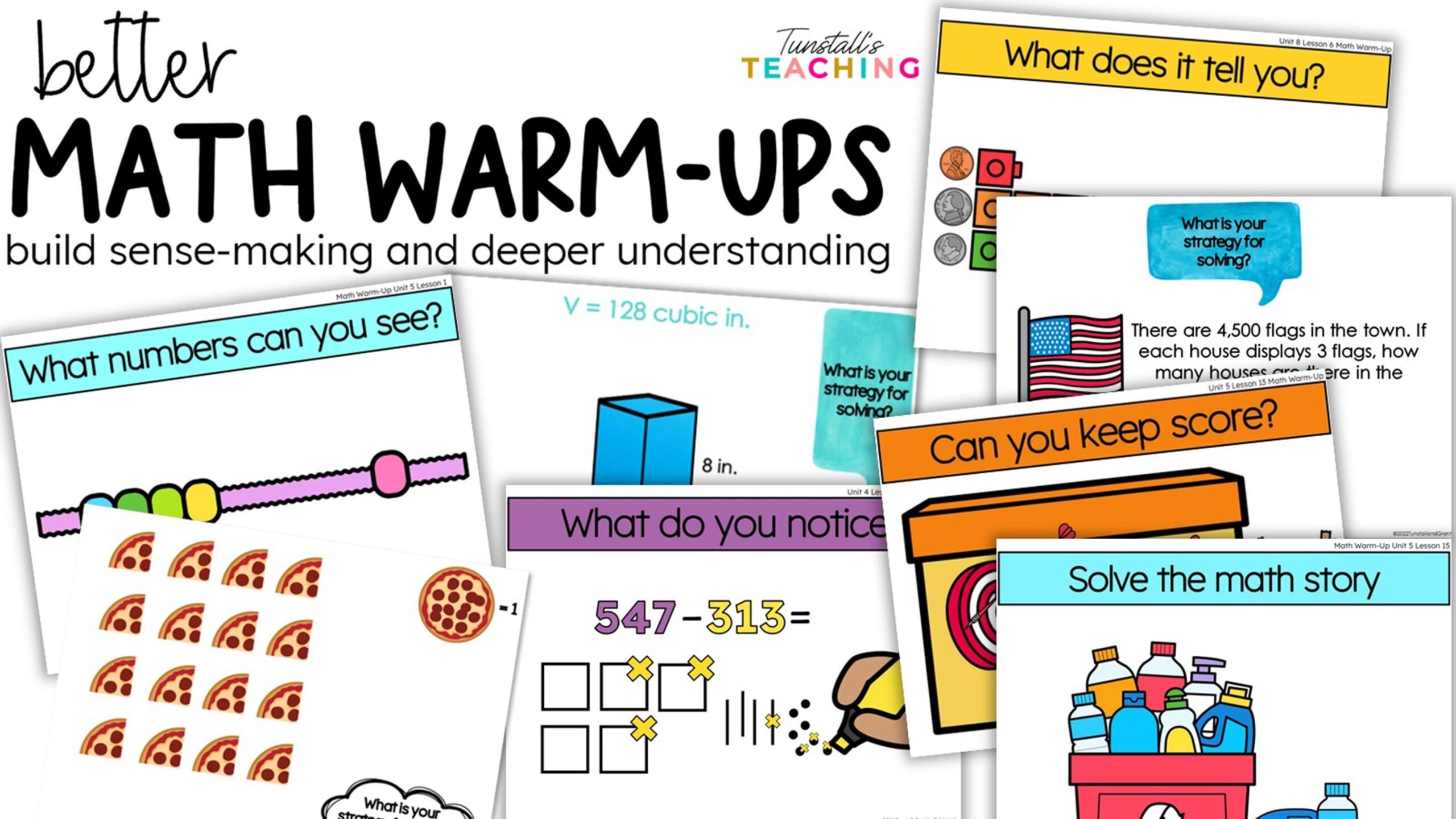
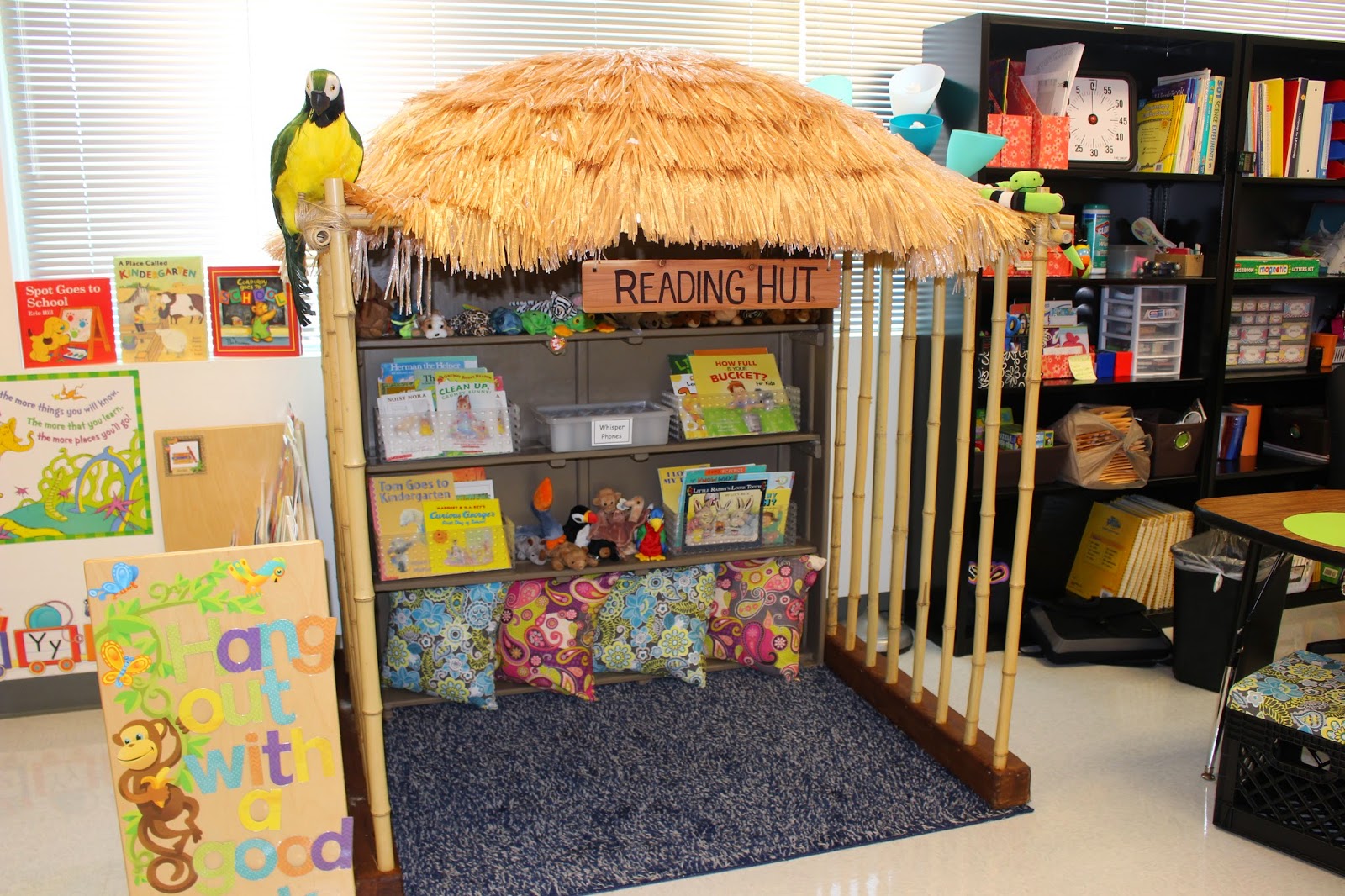
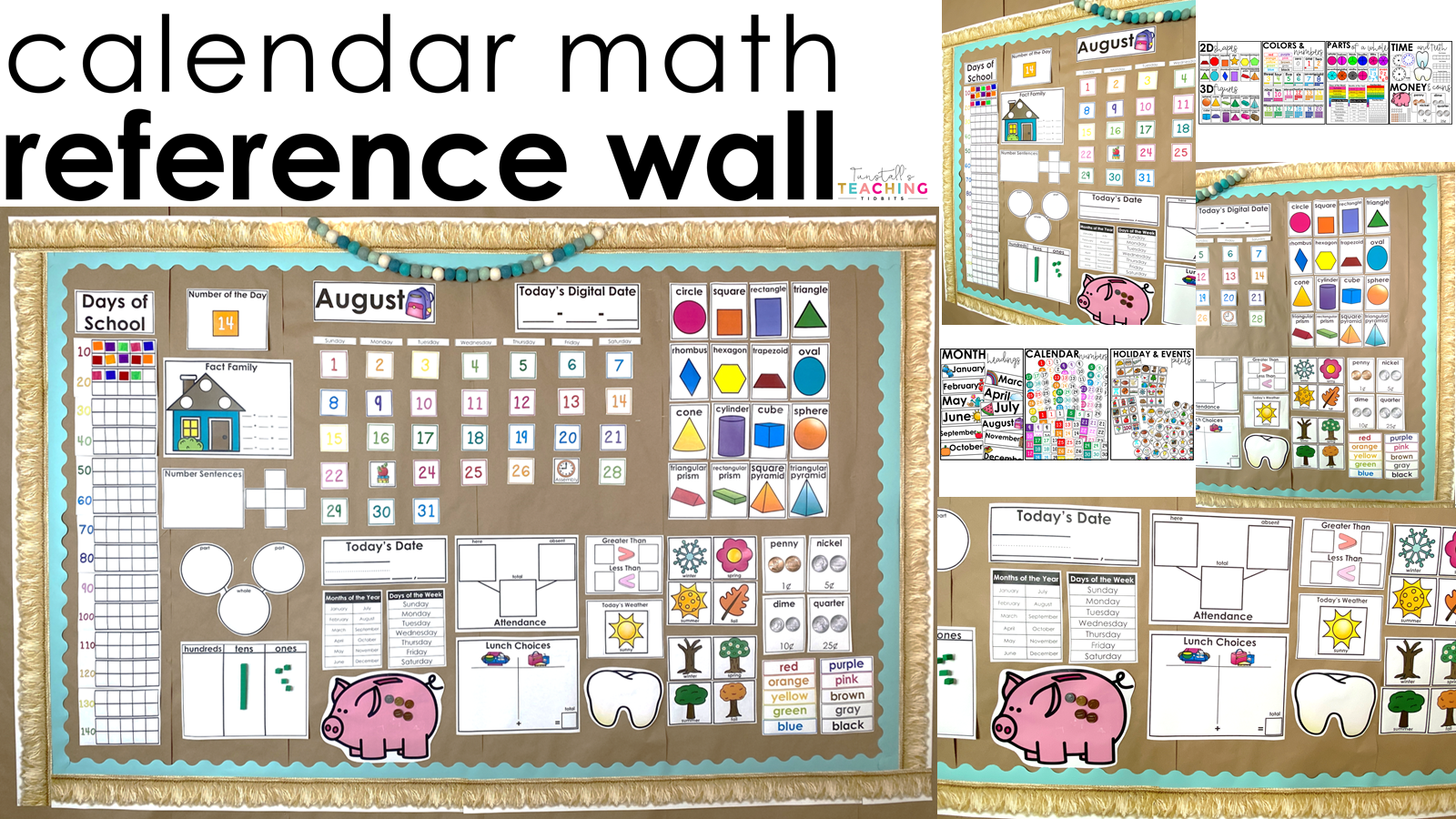
I can’t find this item on your tpt site! How do I buy it?
Hi! All the links have been fixed. Here it is: https://www.teacherspayteachers.com/Product/Partners-and-Pairings-8957401?st=222b44fc5eb14adae488ee6803a088bd